ANI |
Updated: Oct 28, 2025 05:40 IST
Istanbul [Turkey],…
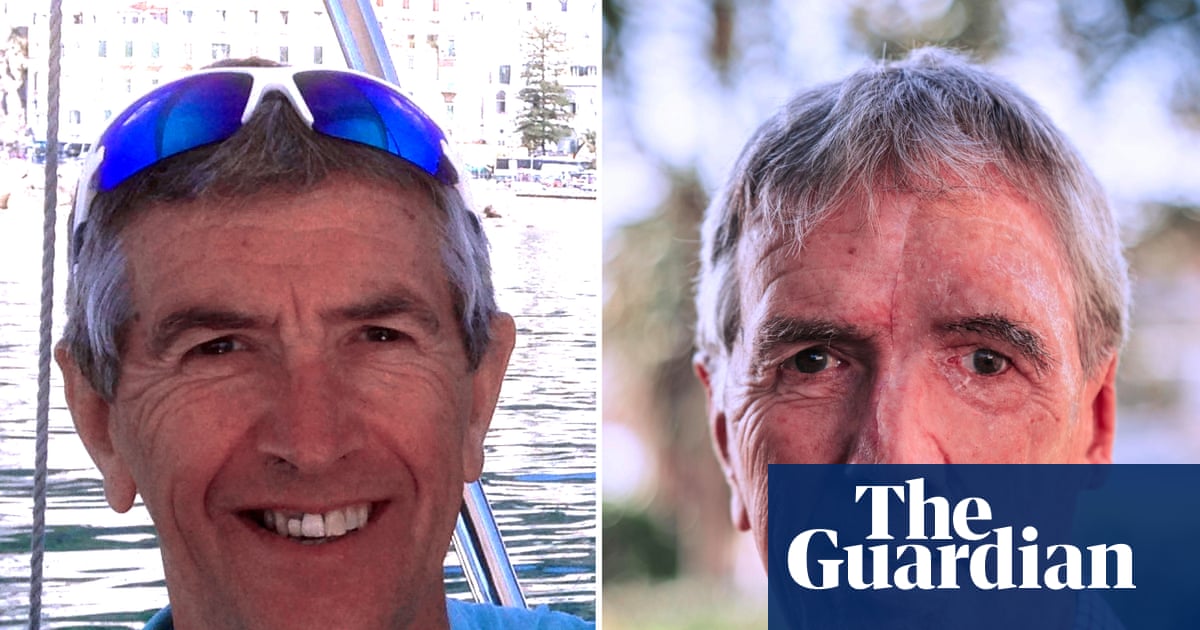
A cyclist who received severe third-degree burns to his head after being struck by a drunk driver has been fitted with a printed 3D face.
Dave Richards, 75, was given a 3D prosthetic by the NHS that fits the space on his face and mimics his hair colour, eye colour and skin. His face received full-thickness burns after a speeding drunk driver hit him while he was out cycling with friends.
He said he was “lucky to survive” the crash which also damaged his back and pelvis and caused him to break several ribs on one side of his body.
While recovering, he was referred to reconstructive prosthetics, which has opened the Bristol 3D medical centre, the first of its kind in the UK to have 3D scanning, design and printing in a single NHS location.
Richards, from Devon, said surgeons tried to save his eye but “they were worried any infection could spread from my eye down the optic nerve to the brain so the eye was removed”.
“The decision was then made to go for free flap, taking tissue with blood arteries and veins and plumbing it into my neck, the flap completely covering the side of my face.”
He called the process of getting a 3D-printed face “not the most pleasant”. He added: “In the early days of my recovery, I felt very vulnerable, and would not expose myself to social situations.
“It took me a long time to feel comfortable about my image, how I thought people looked at me and what they thought of me – but I have come a long way in that respect.
Describing the incident that nearly cost him his life, which took place in July 2021, he said: “It was a lovely sunny day, and not long into the ride we were going up a hill on a B road, and this guy comes up behind us at speed, and over the drunk drive limit.
“He was on his phone, racing up behind us and we were all in line. He wanted to swerve around us, but there was a car coming the other way, so it was either smash into the car or smash into us.”
Richards said his two friends were hit by the car and thrown clear of it but he became trapped under the vehicle. “[I] was rolled along, with the engine and exhaust burning through one side of my body and the other side being crushed by the car.”
He said despite his initial “sceptical” feelings towards his treatment, he was happy he had followed through.
“I’m glad I’ve followed this treatment process as it has got me to where I am today. I have always said no matter what treatment is offered, if I think there’s a benefit and the risks aren’t too high, I will try anything and have a go and that’s still the case.”
Amy Davey, the senior reconstructive scientist at North Bristol NHS trust, said: “Surface scanning patients for prosthetics means that patients can be scanned while moving, and this technology can use that movement to aid the prostheses to accommodate movement.
“The 3D printers used involve advanced plastic resins whose properties allow direct application to the skin, with materials that are safe against the skin for long periods.
The man who struck Richards was sentenced to three years and banned from driving for seven years but it is believed he was released after one and a half years for good behaviour and for pleading guilty from the start.
Richards said: “As you can imagine, I am not best pleased with his reduced sentence as I very nearly lost my life and have to live with all the pain from my injuries on a daily basis.”
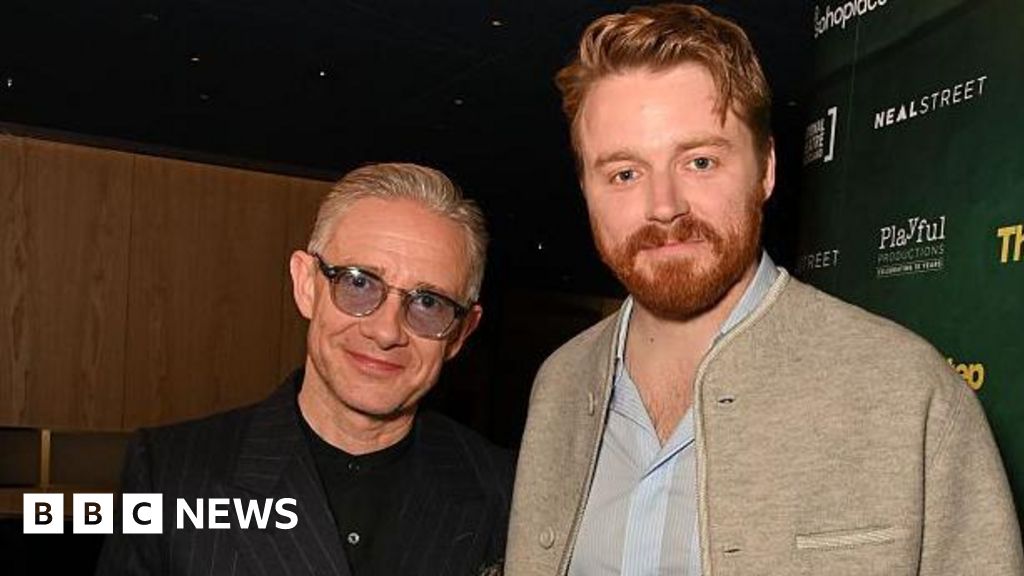
 Getty Images
Getty Images“I think I might be an incel.”
It’s the first line Jack Lowden speaks in The Fifth Step, a two-hander play that focuses on the relationship between a recovering alcoholic and his sponsor.
“The line is a bomb – a hot button thing that’s…
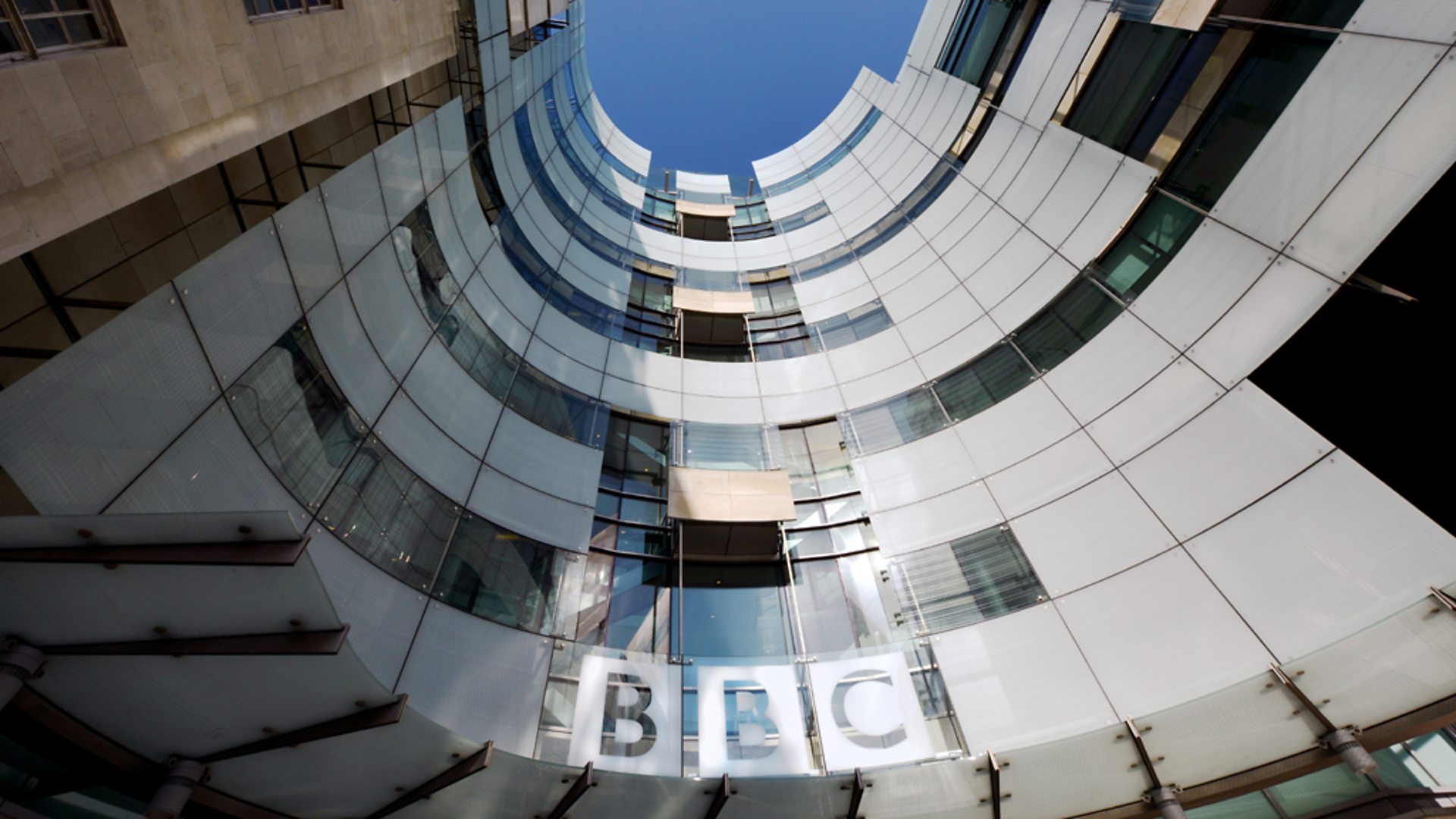
Published: 28 October 2025
Acclaimed murder-mystery drama Shetland returns for a tenth…

After a 1-1 start to the new NBA season, the Utah Jazz have an intriguing second week of action on the schedule ahead with a bundle of eye-catching storylines bound to unravel.
Here’s three of the top Utah Jazz storylines to watch for the week…
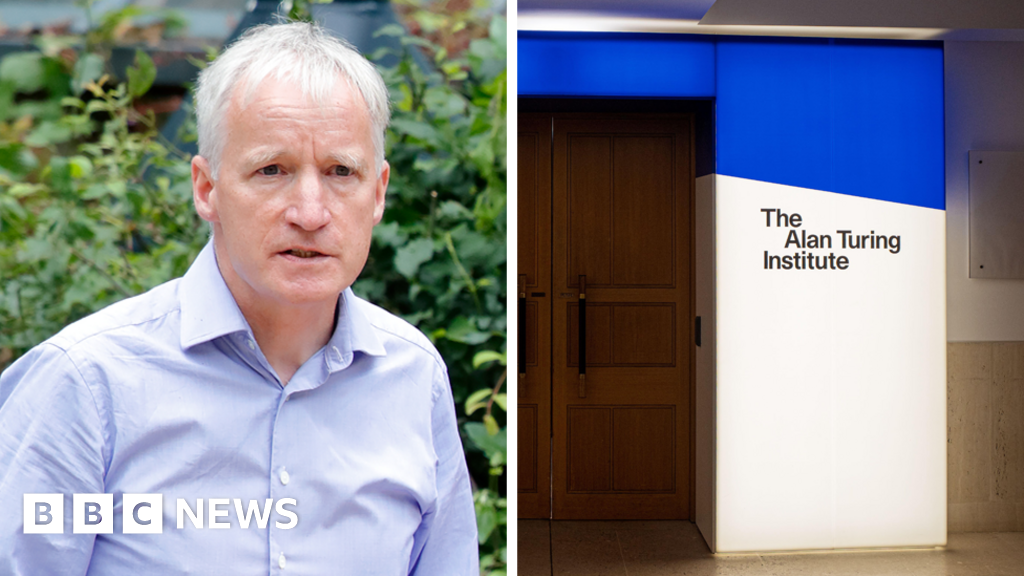
The Alan Turing Institute Chair has told the BBC there is “no substance” to a number of serious accusations which rocked the organisation in the summer.
In August, whistleblowers accused the charity’s leadership of misusing public funds,…

Variety reporters, photographers and designers scored 107 nominations for the Los Angeles Press Club’s 18th National Arts and Entertainment Journalism Awards, including Daniel D’Addario and Chris Willman for print journalist of…

A global research team has pinpointed the enzyme fueling hydrogen production in healthy guts and shown how its depletion rewires microbial energy networks in Crohn’s disease, reshaping our understanding of gut metabolism.
Study:
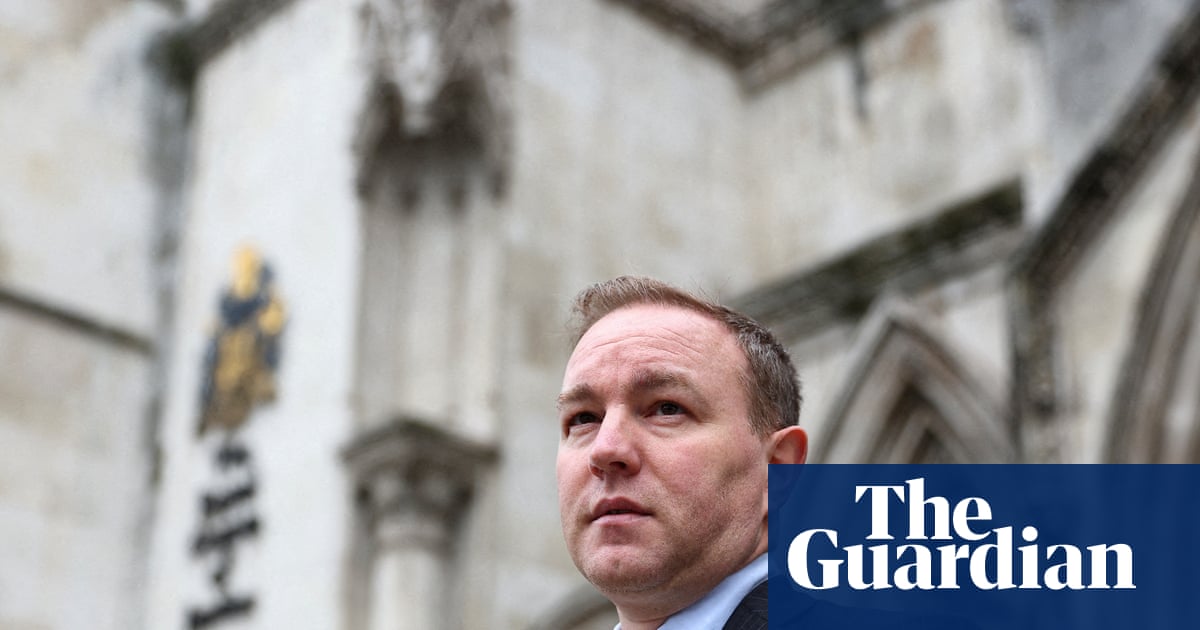
Tom Hayes, the first banker jailed over Libor interest rate rigging, is suing his former employer UBS for $400m (£300m), claiming he was a “hand-picked scapegoat” for the Swiss bank as it tried to avoid regulatory scrutiny.
The claim, which was publicly filed in a US court in Connecticut on Monday, alleges that UBS misled US authorities and called him an “evil mastermind” behind the alleged Libor scandal, in order to protect senior executives and minimise fines.
Hayes spent five and a half years of an 11-year term in prison after he was accused of being a ringleader in a vast conspiracy to fix the now defunct London Interbank Offered Rate (Libor), which was used to price trillions of pounds worth of financial products, between 2006 and 2010.
The wider scandal, which erupted in 2012, led to fines of almost $10bn for a dozen banks and brokerages. Hayes maintained his innocence and claimed during his original trial that he was taking part in an “industry-wide” practice, accusing regulators of making him a scapegoat.
Hayes is now seeking recompense for the suffering he says he faced as a result of his original ruling.
He is suing UBS for “malicious prosecution”, and says UBS conducted a “fundamentally flawed” investigation in order to pin the blame on Hayes.
Efforts to sue UBS come months after the UK supreme court overturned a decade-old ruling against Hayes in July. That decision was based on faults in the original trial, with the original judge determined to have given “inaccurate and unfair” instructions to the jury that found Hayes guilty on charges of conspiracy to defraud. This meant the former banker was ultimately deprived of a fair trial.
However, the supreme court judges stopped short of fully exonerating Hayes, saying there was “ample evidence” that could have led a jury, if properly directed, to find him guilty. “But the jury was not properly directed,” the ruling explained, adding: “The convictions are therefore unsafe and cannot stand.”
Commenting on the lawsuit against UBS, Hayes said: “It has taken me over a decade to overturn my wrongful conviction and clear my name. My legal team are now rightlyfully holding UBS to account for scapegoating me in order to save billions in fines and protect its senior executives.
“My life was ruined by the bank’s actions – I lost my liberty and my marriage, missed out on my son’s childhood, and my physical and mental health suffered terribly. UBS also destroyed my reputation and career.”
after newsletter promotion
“I look forward to putting my case in front of a jury to scrutinise UBS’s conduct in relation to these tragic and unnecessary events,” Hayes added in a statement.
UBS declined to comment.